Table of Contents
ToggleWhat is a spotface?
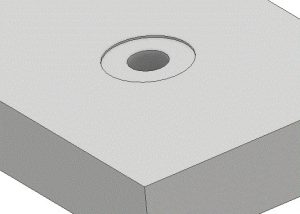
A spotface is a machined section of a part that allows a fastener to sit flat. This is usually a bolt head or washer but can be other fasteners. A spotface is generally very shallow and removes just enough material to create the clean, even, flat surface. Spotfaces are most often used when machining castings or forgings. Spotfacing is done using a manual or CNC milling machines.
Spotface vs counterbore
A spotface is functionally no different than a counterbore. A counterbore usually references a feature that is deeper than a spotface. While a spotface creates a flat mounting surface, a counterbore acts to recess the fastener. It would be safe to call a spotface a counterbore but not the other way around.
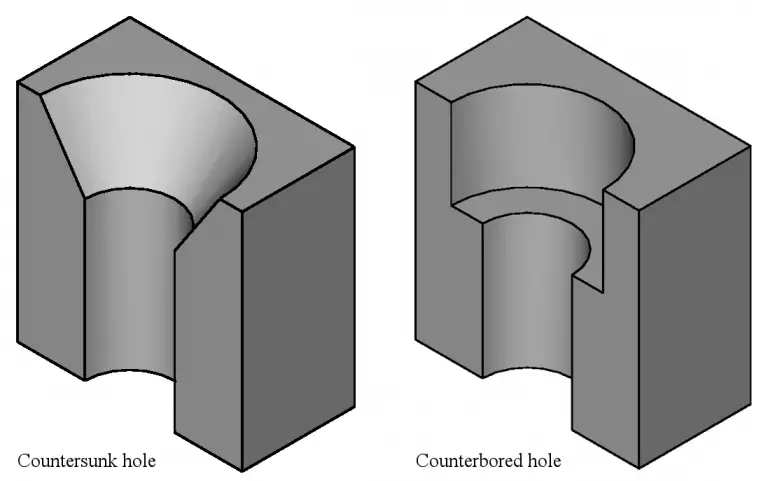
Spotface vs countersink
The primary difference between a countersink and a spotface is that the countersink has an angled bottom whereas a spotface has a flat bottom.
Spotface symbol

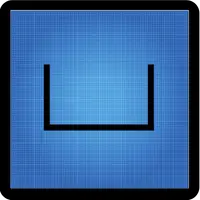
The symbol used to callout a spotface is the counterbore symbol with the letters SF in the middle. This is per the engineering drawing standard ASME Y14.5. At times, a blueprint may indicate a spotface feature simply through the use of a counterbore symbol. Additionally, older drawings and blueprints may reference a spotface as SF or SFACE instead of using the symbol.
How to dimension a spotface
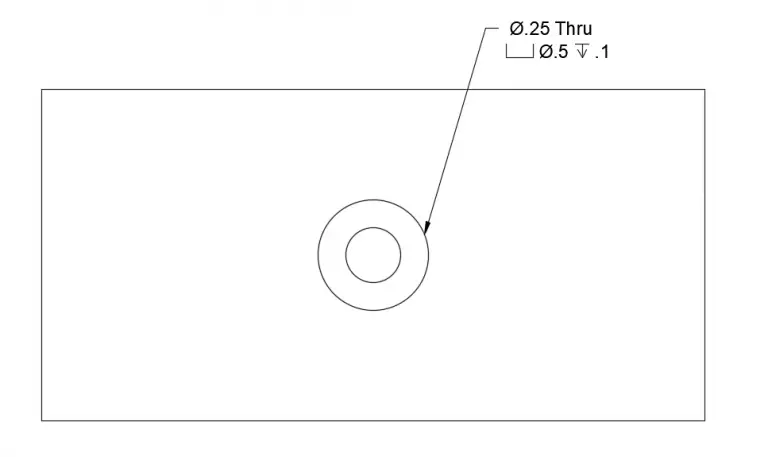
A spotface is dimensioned by specifying its diameter and depth. At times the amount of remaining material may be specified instead of the depth. The symbols for diameter and depth are shown below.
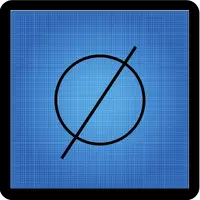
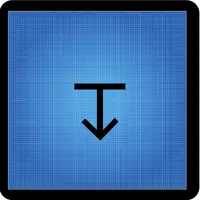
Spotface example
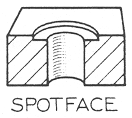
Want to learn more?
GD&T is a complicated subject and understanding it correctly can be the difference between a perfect part and scrap.
The best way to learn GD&T is from experienced teachers who can break down the material into manageable pieces.
Luckily, we know someone.
And MachinistGuides.com readers get an exclusive discount on training!
Related articles
For more information see these related articles: